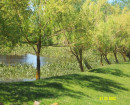BUNINYONG BOTANIC GARDENS
201-209 SCOTT STREET AND 705 INGLIS STREET BUNINYONG, BALLARAT CITY
-
Add to tour
You must log in to do that.
-
Share
-
Shortlist place
You must log in to do that.
- Download report


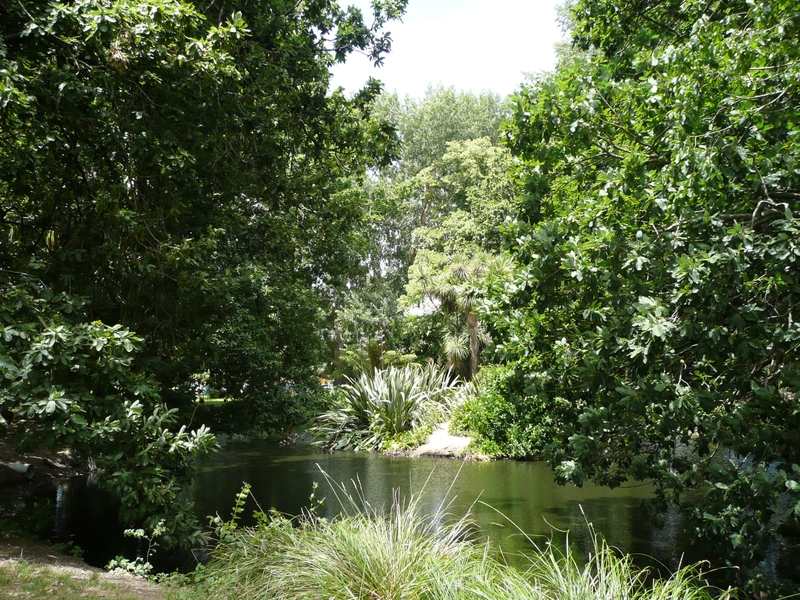
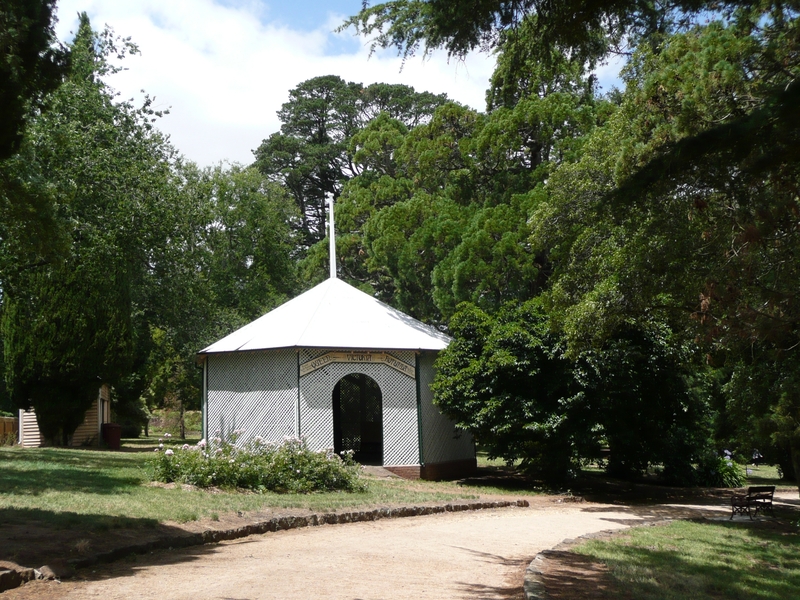
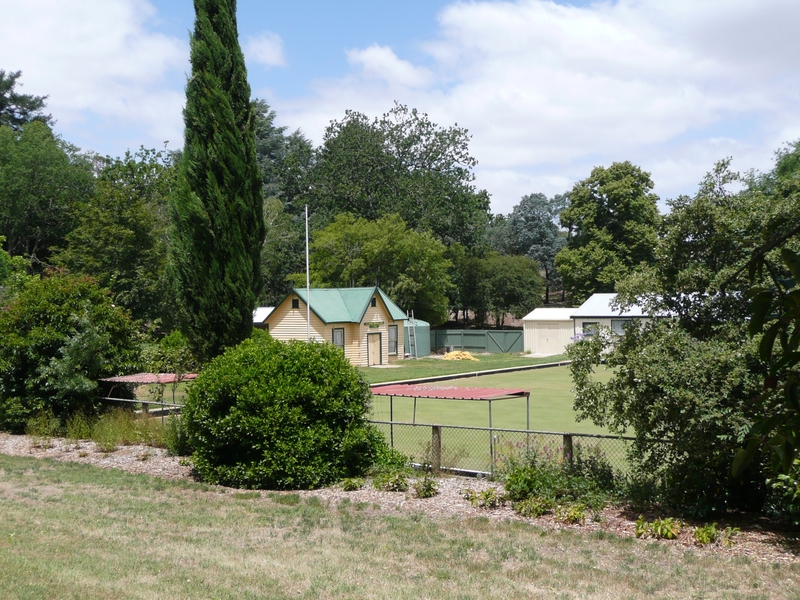
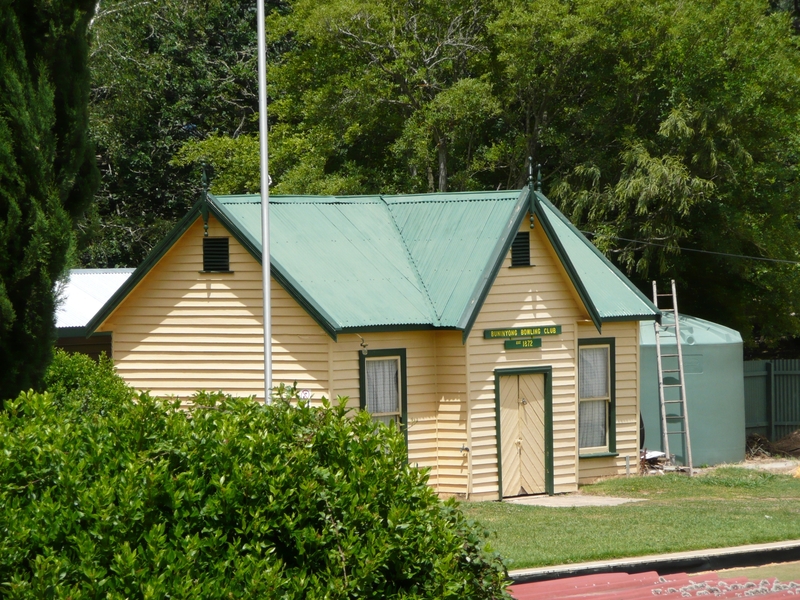
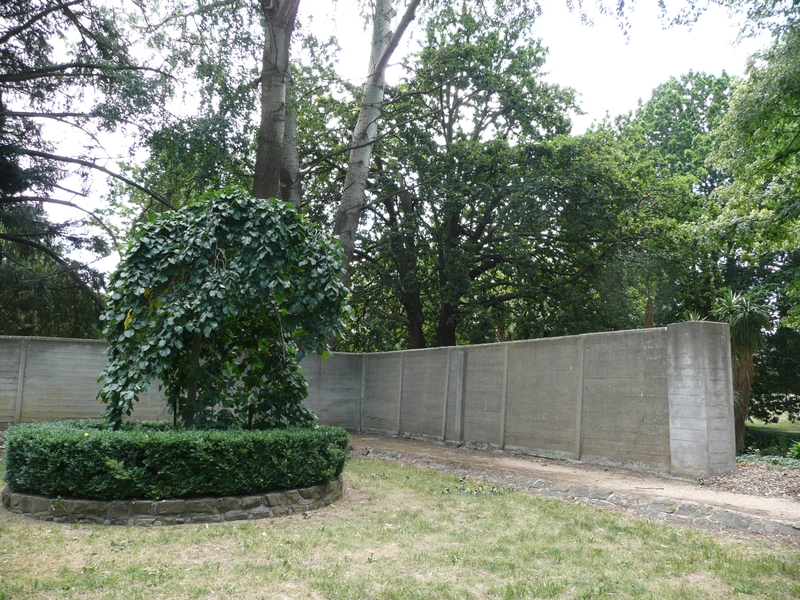
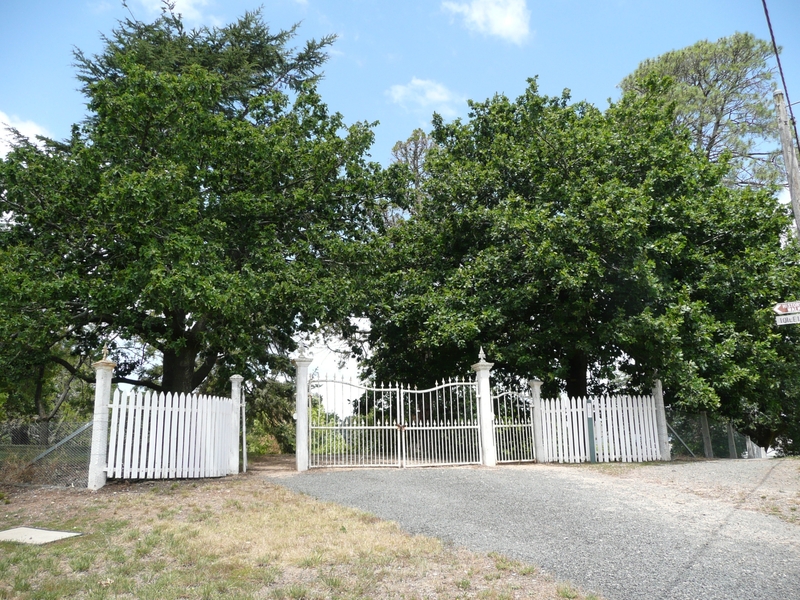
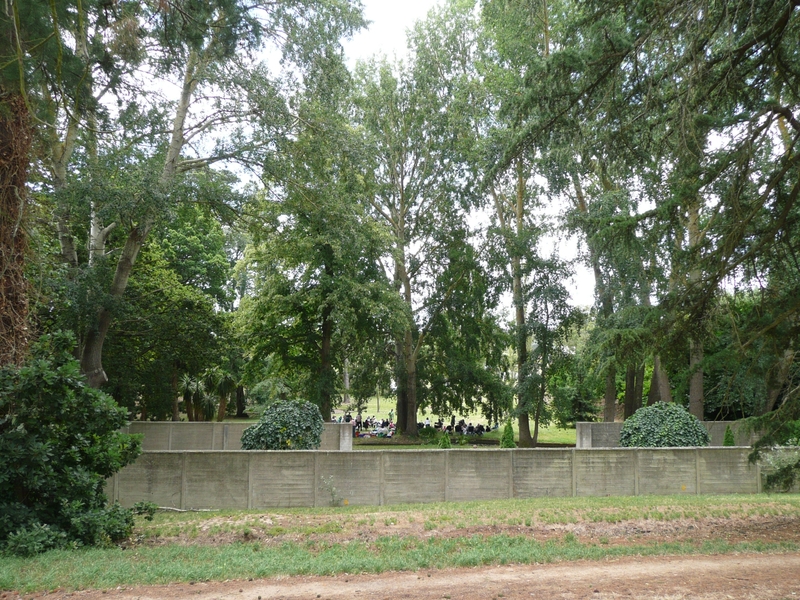
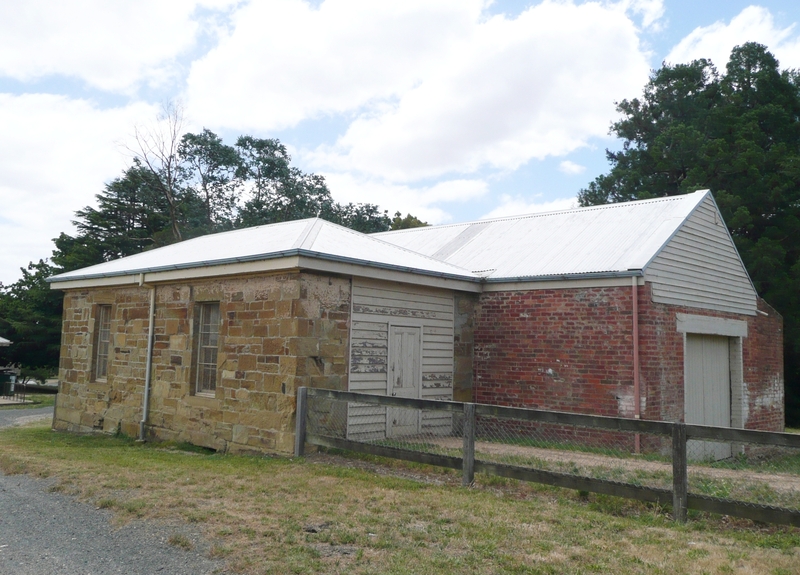
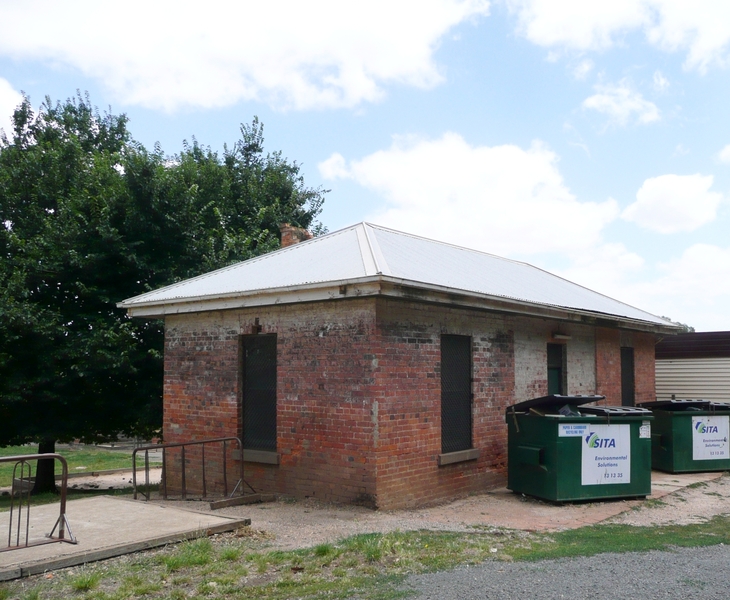
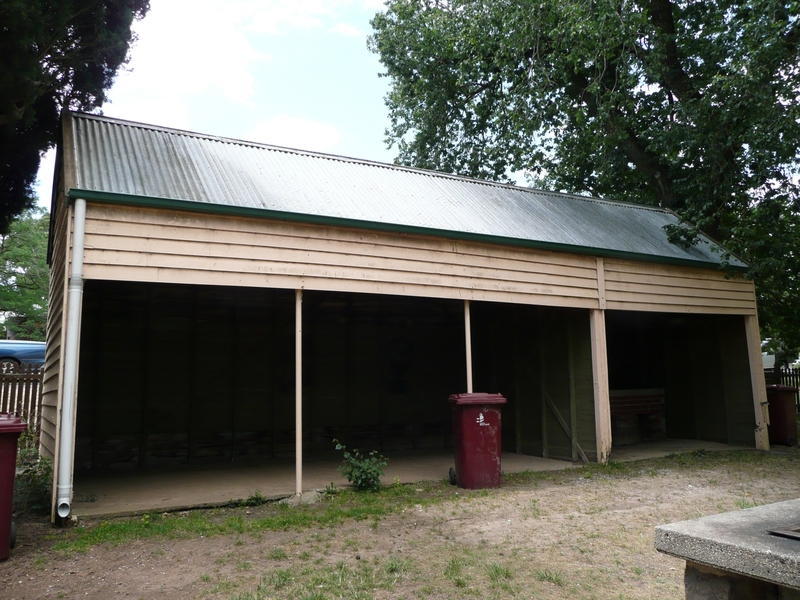

Statement of Significance
What is significant?
The site for a public garden is shown on a plan drawn in 1850 and in 1853, 10 acres was identified for a Reserve for Botanic Gardens with springs and tea tree. The Buninyong Botanic Gardens was gazetted in 1861 as a temporary reserve of 50 acres and later reduced to 10 acres. Plans were prepared by the town surveyor Robert Harvey and were forwarded to Melbourne in 1860 for approval. In 1872 Conrad Fiegbital was appointed curator and between 1872-75 the ponds were completed to a design prepared by Robert Allan, prominent resident, benefactor and mayor. In 1889 the 10-acre site was permanently reserved as Public Gardens. Mueller of the Melbourne Botanic Gardens supplied trees, as did the local nurseryman Francis Moss of Mossmont Nursery, and Daniel Bunce of Geelong Botanic Gardens. The people of Buninyong commemorated Queen Victoria's reign by erecting a lattice pavilion in 1901. The bluestone water reservoir was constructed in 1861 and from the 1870s until 1934 and occasionally in the 1940s, it was used as a swimming pool. The concrete wall was erected in the early 1920s by returned servicemen under the direction of CCP Wilson, an early advocate for reinforced concrete. In 1872 the Bowling Club was granted permission to use part of the land and in the 1890s a tennis court was provided on land now used for expanded bowling greens. In 1962, 1 acre, 1 rood and 34 perches was excised from the Gardens and leased to the Buninyong Bowling Club. The old clubrooms were built prior to 1905. The Gardens form part of a picturesque historic precinct that includes the 1858 former Court House/Wardens Office, since 1991 included with the Gardens reserve, the 1859 former Police Station, the 1853-58 Catholic Church and former Buninyong Brewery built 1854-55.
How is it significant?
The Buninyong Botanic Gardens are of historical, aesthetic, scientific (botanical) and social significance to the State of Victoria.
Why is it significant?
The Gardens are of historical significance as one of the oldest botanic gardens in Victoria being established from 1861. The rotunda built as a memorial to Queen Victoria and opened in 1901 is the earliest memorial erected to Queen Victoria in Victoria and precedes the 1903 Beaufort Bandstand and Queen Victoria Statues at Bendigo 1903, Geelong 1904 and Melbourne 1907. The rotunda designed by the architect E Smith is an uncommon timber lattice construction and particularly large. The sign and quotation above both entrances is an uncommon feature. The 1861 bluestone tank used as a swimming pool since the 1870s, is an early example of this type of structure in Victoria. The entrance gates were opened in 1911 by Mayor John Olgivie.
The Gardens are of aesthetic significance, where part of a gully located in a gently sloping site has been landscaped to form a lake, pond and island and a running stream. The mature conifers with their striking upright and dark green foliage have a dramatic landscape effect. The curved pathway and the location of the gateway, rotunda and the surrounding nineteenth buildings contribute significantly to the picturesque landscape. The landscape is further enhanced by the collection of deciduous trees of poplars, willows, lindens and oaks that encircle the water features.
The Gardens have scientific (botanical) significance due to their collection of plants, especially conifers, with the Abies pinsapo as an outstanding specimen of this uncommon species. The two Acer opalus subsp. obtusatum is rare in cultivations, only three other specimens are known in Victoria and the Acer platanoides 'Crimson King' and Acer platanoides are outstanding examples of the species.
The Gardens are of social significance attracting picnickers from a wide area to view the Gardens and plant collection, and last century, to drink the spring waters and use the swimming pool. A row of six trees was planted to commemorate local World War II servicemen and are marked by four cast metal plaques, the same as those in the Ballarat Avenue of Honour.
-
-
BUNINYONG BOTANIC GARDENS - Plaque Citation
Established in 1861, the Gardens are one of the earliest botanic gardens in Victoria and contain a rotunda (1901) dedicated to Queen Victoria and an ornamental lake known as the Gong.
BUNINYONG BOTANIC GARDENS - Assessment Against Criteria
Criterion A
The historical importance, association with or relationship to Victoria's history of the place or object.Criterion B
The importance of a place or object in demonstrating rarity or uniqueness.Criterion C
The place or object's potential to educate, illustrate or provide further scientific investigation in relation to Victoria's cultural heritage.Criterion D
The importance of a place or object in exhibiting the principal characteristics or the representative nature of a place or object as part of a class or type of places or objects.Criterion E
The importance of the place or object in exhibiting good design or aesthetic characteristics and/or in exhibiting a richness, diversity or unusual integration of features.Criterion F
The importance of the place or object in demonstrating or being associated with scientific or technical innovations or achievements.Criterion G
The importance of the place or object in demonstrating social or cultural associations.Criterion H
Any other matter which the Council considers relevant to the determination of cultural heritage significanceBUNINYONG BOTANIC GARDENS - Permit Exemptions
General Exemptions:General exemptions apply to all places and objects included in the Victorian Heritage Register (VHR). General exemptions have been designed to allow everyday activities, maintenance and changes to your property, which don’t harm its cultural heritage significance, to proceed without the need to obtain approvals under the Heritage Act 2017.Places of worship: In some circumstances, you can alter a place of worship to accommodate religious practices without a permit, but you must notify the Executive Director of Heritage Victoria before you start the works or activities at least 20 business days before the works or activities are to commence.Subdivision/consolidation: Permit exemptions exist for some subdivisions and consolidations. If the subdivision or consolidation is in accordance with a planning permit granted under Part 4 of the Planning and Environment Act 1987 and the application for the planning permit was referred to the Executive Director of Heritage Victoria as a determining referral authority, a permit is not required.Specific exemptions may also apply to your registered place or object. If applicable, these are listed below. Specific exemptions are tailored to the conservation and management needs of an individual registered place or object and set out works and activities that are exempt from the requirements of a permit. Specific exemptions prevail if they conflict with general exemptions. Find out more about heritage permit exemptions here.Specific Exemptions:General Conditions:
1. All exempted alterations are to be planned and carried out in a manner which prevents damage to the fabric of the registered place or object.
2. Should it become apparent during further inspection or the carrying out of alterations that original or previously hidden or inaccessible details of the place or object are revealed which relate to the significance of the place or object, then the exemption covering such alteration shall cease and the Executive Director shall be notified as soon as possible.
3. If there is a conservation policy and plan approved by the Executive Director, all works shall be in accordance with it.
4. Nothing in this declaration prevents the Executive Director from amending or rescinding all or any of the permit exemptions.
5. Nothing in this declaration exempts owners or their agents from the responsibility to seek relevant planning or building permits from the responsible authority where applicable.
Building Exterior:
* Minor repairs and maintenance which replace like with like.
* Painting of previously painted surfaces (but not signs), walls, posts, and roofing in the same colour.
* Treatments to stabilise and protect timber, masonry and metal structures.
Building Interior:
* Painting of previously painted walls and ceilings provided that preparation or painting does not remove evidence of the original paint or other decorative scheme.
* Removal of paint from originally unpainted masonry.
* Refurbishment of toilets including removal, installation or replacement of fixtures and piping
Landscape:
* The process of gardening, mowing, hedge clipping, bedding displays, removal of dead plants, disease and weed control, emergency and safety works and landscaping in accordance with the original concept.
* The replanting of plant species to conserve the landscape character, conifer, elm, oak, poplar, and shrub plantings.
* Management of trees in accordance with Australian Standard; Pruning of amenity trees AS 4373.
* Vegetation protection and management of the possum population.
* Removal of plants listed as Prohibited and Controlled Weeds in the Catchment and Land Protection Act 1994.
* Repairs, conservation and maintenance to hard landscape elements, memorial plaques, asphalt and gravel paths and roadways, stone and concrete edging, fences and gates.
* Installation, removal or replacement of garden watering and drainage systems beyond the canopy edge of listed trees.
* Road maintenance and safety works within the Cornish Street reserve.
Bowling Club:
* Operation and management of the site in accordance with the lease arrangements with the Department of Natural Resources and Environment
* Landscaping and works to maintain the bowling greensBUNINYONG BOTANIC GARDENS - Permit Exemption Policy
Policy:
The purpose of the exemptions is to allow works that do not affect the cultural heritage significance.
-
-
-
-
-
BALLANTRAE
 Victorian Heritage Register H0551
Victorian Heritage Register H0551 -
BUNINYONG TOWN HALL AND COURT HOUSE
 Victorian Heritage Register H0758
Victorian Heritage Register H0758 -
FORMER LIBRARY
 Victorian Heritage Register H0488
Victorian Heritage Register H0488
-
'NORWAY'
 Boroondara City
Boroondara City -
1 Mitchell Street
 Yarra City
Yarra City
-
-






